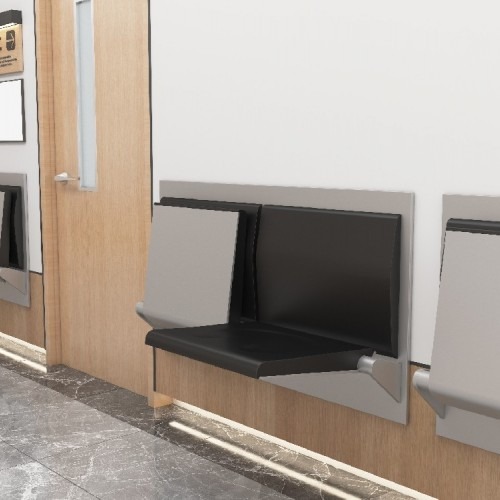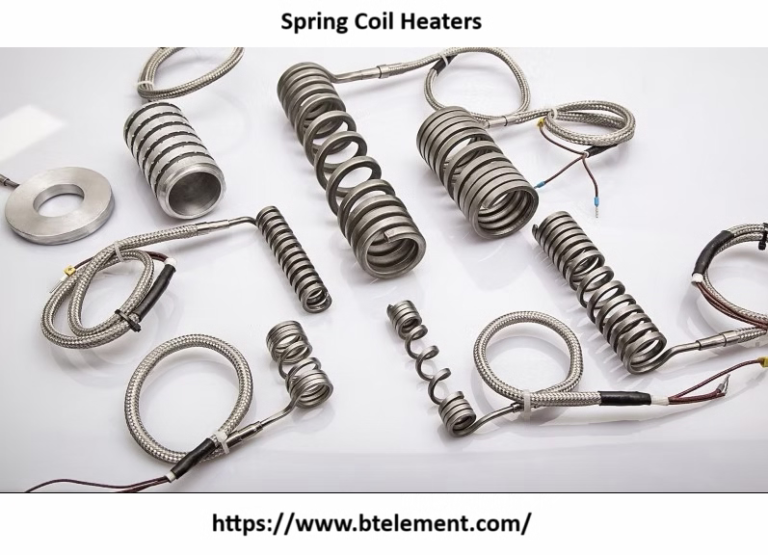Replacing an engine is never cheap, especially for buses that run on a Blue Bird engine. Operators already deal with fuel, repairs, and other costs. So adding a full engine replacement can feel heavy on the budget. The good news is that saving money is possible. The key is not rushing. Looking at different options, checking the right details, and comparing sources step by step keeps the cost under control. A Blue Bird engine can be found at a fair price if the approach is careful.
Types of Blue Bird Engine in the Market
When checking around, three common choices appear.
- First, brand-new engines. These cost the most but often come with warranty support.
- Second, remanufactured engines. These are rebuilt carefully and tested. They cost less than new but more than used.
- Third, used engines. These come from retired buses or replaced vehicles but can still run well.
Every engine type here, have their own pros and cons. It all depends on the needs of the buyer and what are his budget constraints.
Why a Used Engine Saves Money
The biggest savings usually come from a used Blue Bird engine. These cost much less than brand new. Many buses get retired because of age or accidents, not because the engine failed. That means engines still have good life left in them. A careful inspection makes sure it is worth buying. For smaller operators, this path often works best. Fleet managers who run several buses also prefer this method because it lowers costs across the board.
The Role of Remanufactured Engines
Remanufactured engines also save money. The rebuild process replaces worn parts and brings the engine close to new condition. These are more expensive than used but safer in some cases. For operators who want a balance between price and reliability, this option fits. A remanufactured Blue Bird engine can often last as long as a new one when maintained right.
Importance of Choosing the Right Seller
The seller’s role cannot be ignored. Buying from someone unknown or unreliable usually ends badly. Cheap prices look tempting, but if the engine fails soon, the repair costs will wipe out any savings. Suppliers with good reputations, proper testing, and documented history are worth the extra dollars. Your money will be wasted or saved depends on the type of seller that you choose.
Comparing Prices & Important Factors
It helps to collect quotes before making a decision. Dealers, local engine shops, and online sellers all list different prices. The place where the engine is listed, decides the cost. Every shop/online store use slightly different parameters when considering the cost of a unit. Due to this the you can find different prices of the same Blue Bird Engine. look for all the given factors below, when you are purchasing a used unit:
1. Checking for Compatibility
Every Blue Bird engine is not made for every bus model. Mistakes here lead to wasted time and money. Confirming compatibility before paying avoids problems later. The model year, bus type, and engine serial number all matter. Buyers who check these details avoid the costly mistake of buying the wrong engine.
2. Looking at Service Records
Engines with history records provide more confidence. A used Blue Bird engine with oil change logs, maintenance sheets, or repair notes tells the story of how it was handled. Buyers who ask for these details know more about what they are buying. Records often show the difference between an engine worth buying and one to avoid.
3. Inspection Before Purchase
An inspection before purchase makes sense. Even a quick check for leaks, rust, or broken parts saves money later. For online deals, photos and running videos help. It is better to spot issues before installation than to discover them later when repairs get costly.
4. Warranty and Return Policy
Engines that come with a warranty or return policy reduce risk. Even short coverage is helpful. If something goes wrong right away, the buyer is protected. This type of coverage may add slightly to the cost, but in the long run it prevents larger financial losses.
5. Maintaining for Long-Term Savings
Buying a Blue Bird engine at a good price is step one. Saving money continues with proper care. Oil changes, filter replacements, and scheduled checks make the engine last longer. Preventive maintenance avoids breakdowns and keeps the engine running strong. Many operators overlook this step, but it is where the real savings are found.
6. Buying in Bulk for Fleets
Fleet managers running multiple buses often save more by buying in bulk. Suppliers usually give better pricing when selling several engines at once. This approach lowers the cost per unit. For operators managing big fleets, this strategy adds up to major savings over time.
7. Using Online Research
The internet provides useful details before making a purchase. Reading reviews, browsing forums, and checking seller ratings all add to the decision-making process. Buyers who take time to research usually avoid overpriced or poor-quality engines. Online resources help spot patterns in seller behavior and pricing.
Balancing Price and Performance
Cheap options that look too good often cost more later. A very low-cost Blue Bird engine with no history or inspection may break down quickly. Repairs and lost time will cancel out any savings. On the other side, buying new may not always be needed. The right balance comes from weighing cost against expected performance.
How to Save without Losing Quality
It is possible to save money and still get a strong engine. Many remanufactured or carefully inspected used Blue Bird engines perform well for years. The secret is to verify what is being sold, not just jump at a low number. Saving money works best when quality is still part of the deal.
Mistakes That Cost Money
Rushed buying decisions cost money. Skipping inspections, ignoring compatibility, or buying from unknown sellers often leads to trouble. Slow and steady steps save more in the end. The goal is not just to find a cheap engine but to find one that keeps running.
Conclusion
Buying a Blue Bird engine without overspending takes careful steps. Checking history, comparing options, confirming fit, and picking the right supplier all matter. Long-term care keeps savings going. Operators who want dependable quality at a fair price can look to trusted suppliers. For those ready to make the move, checking sources like beelinesautomotive.com for a is one way to secure a reliable Blue Bird engine while keeping costs under control.




